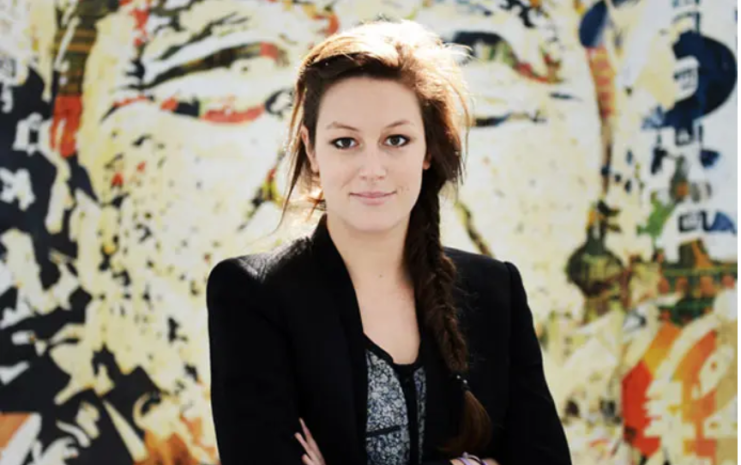How NFTs are making the world of art accessible and affordable

Artpool is Pauline Foessel’s baby. A professional Art Curator, initially she created a social network for other professional art curators working in galleries and museums all over the world.
Curators work across a range of public access spaces, with museums for example, but also with communities, schools, and social initiatives. They have a very important role in selecting the artists but also working closely with them, ensuring their art is displayed in the right environment, often challenging them in the process.
“If you visit an exhibition and you really enjoy it, then it’s likely the curator did a very good job. The role of curator cannot be underestimated,” explains Foessel.
Artpool was launched in 2020 and now has almost 1,000 curators from more than 75 countries while the platform continues to onboard new curators. In turn, the curators are constantly choosing new collections and artists to bring onto the platform.
“For many traditional artists the cost of creating editions of their work can be very expensive – in terms of materials, money and delivery. In NFT technology we found a seamless way to generate a determined number of editions directly to the collectors.
“In fact, the collectors automatically receive the NFT artwork printed at home and we can organise for a fine art print to be despatched to order. We are using NFT as a tool not in an end in and of itself – so that more artists, more institutions, and more curators can be involved in the art of decision making.”
According to Foessel, Artpool curators are working with established artists having artistic careers in the physical art world but also up and coming talents and emerging artists who want to put a foot in the door and start working on NFTs.
“We try to make the process as simple as possible for our artists.”
Foessel had been initially sceptical about NFTs, especially as the physicality of art is very important to her. However, she quickly saw that the technology could become an augmented tool for artists and their spaces.
“At the end of the day it is a tool to allow people to own a digital entity. I could also see the opportunity for new revenue streams for artists and their ecosystem and that interested me.”
Foessel also saw it as a way to provide affordable art to a wider audience.
“People often think that art is expensive and exclusive – but in truth there is a vast array of art that is very affordable.”
Foessel’s profile and experience in this space led to her being invited by Unique Network to curate the 2022 Digital Art for Climate project. Her role was to review and evaluate the different proposals and entries for this year’s competition.
“I was really happy with the work submitted. In fact, what really impressed me were the entries from the African continent – this is of personal interest to me as a curator.”
The work involved in reviewing and vetting the submissions was time consuming but also very satisfying.
“We didn’t just review the artist, but also the relevance of the submission to the theme of addressing climate change. All up there were approximately 40 entries, the top ones which will be showcased in Egypt at COP27.”
COP 27 has as its theme – Action not Words – and this is welcomed by Foessel.
“It’s not just NFTs that got some heat from the environmentalists last year, but also the art world where we fly artists and their work all over the world. We welcome this inclusion of digital art where we can still share the artists’ message.”
At the end of the day, Foessel sees ‘NFT as a word to explain contract of ownerships and authenticity.
“Physicality is crucial and so are physical art spaces. NFT technology can support – and open doors – for museums, communities, galleries and fairs. And it’s not just about animated GIFs but total immersive experiences that produce a physical experience for people.”